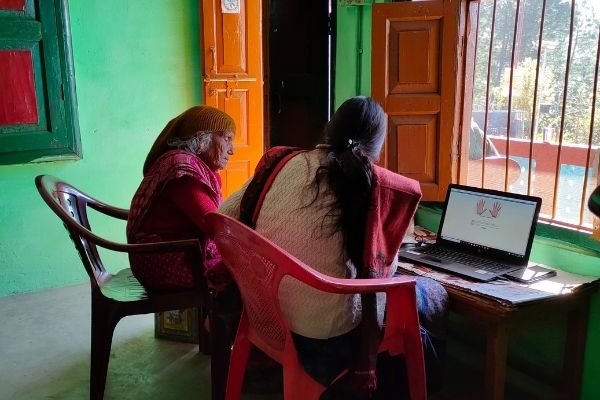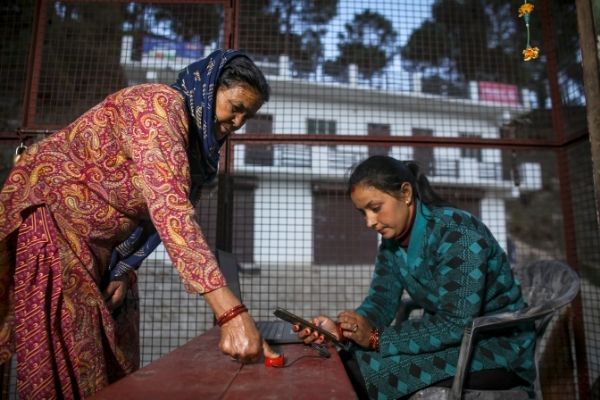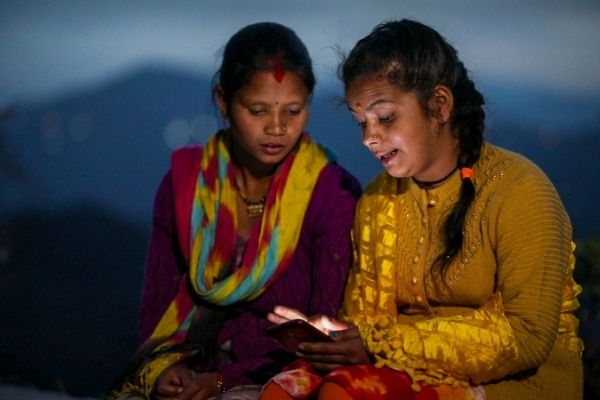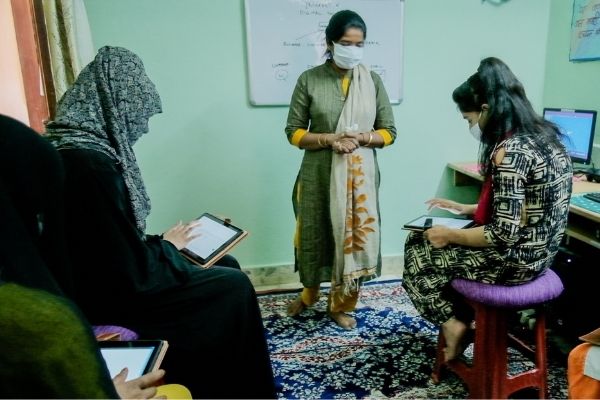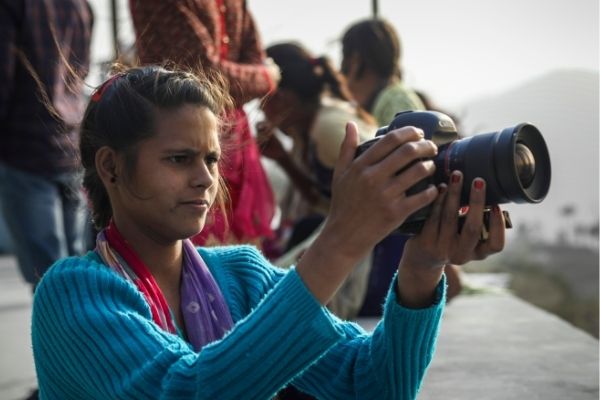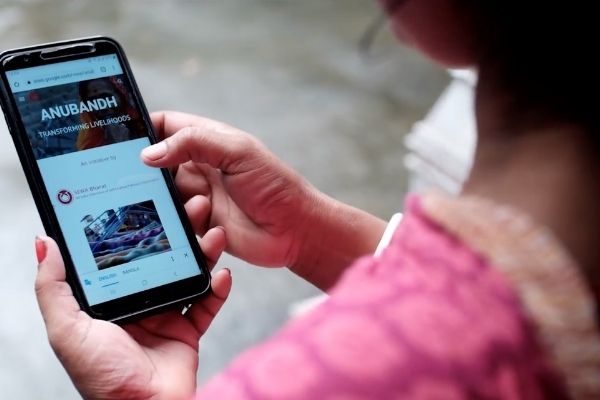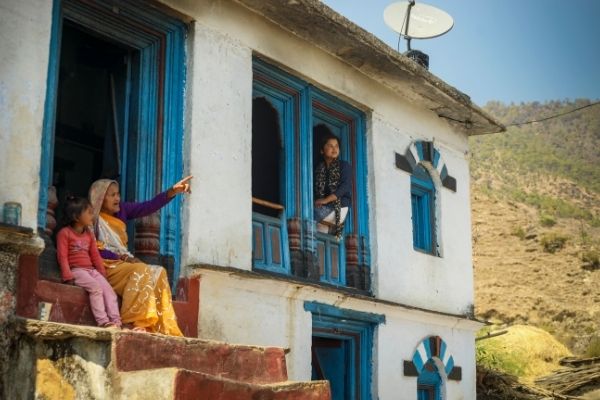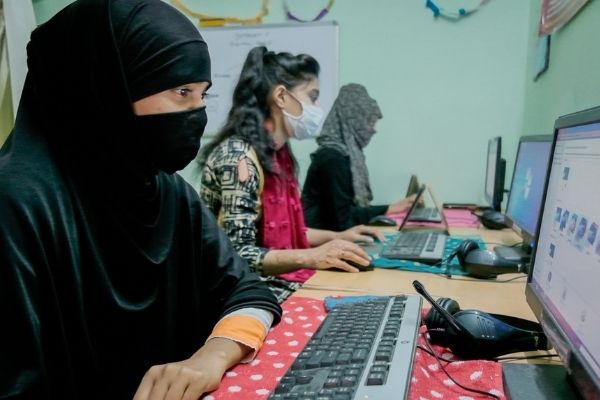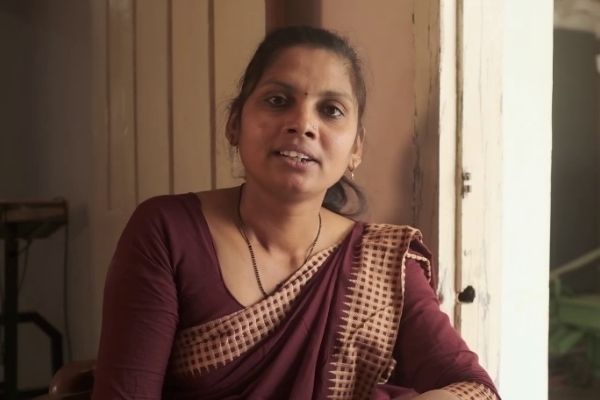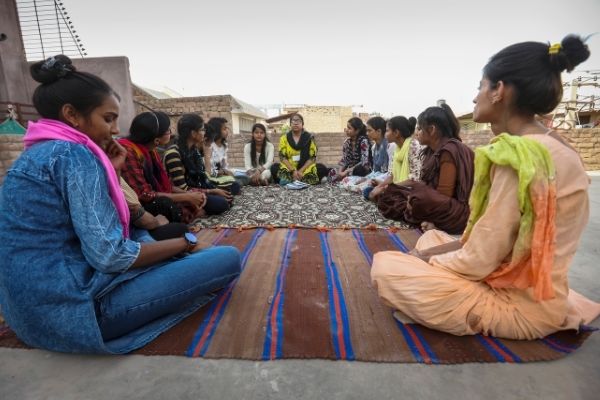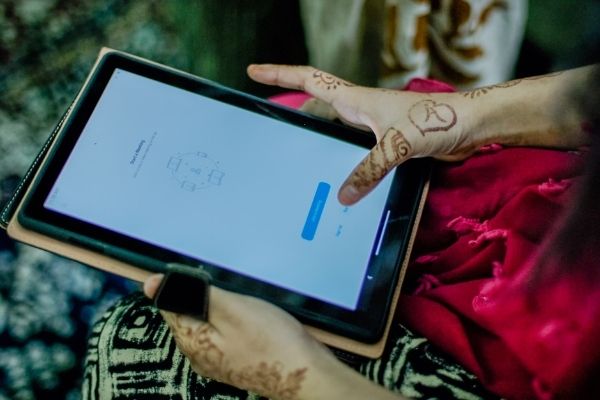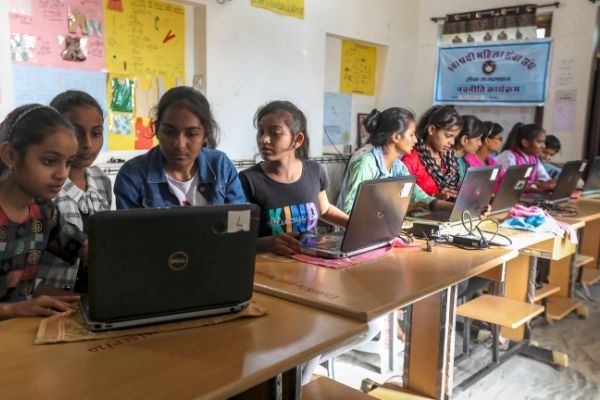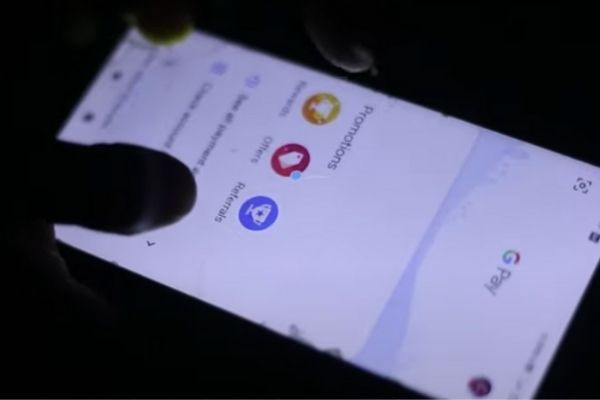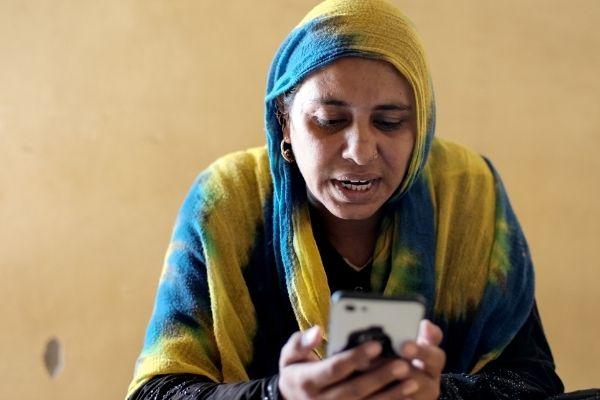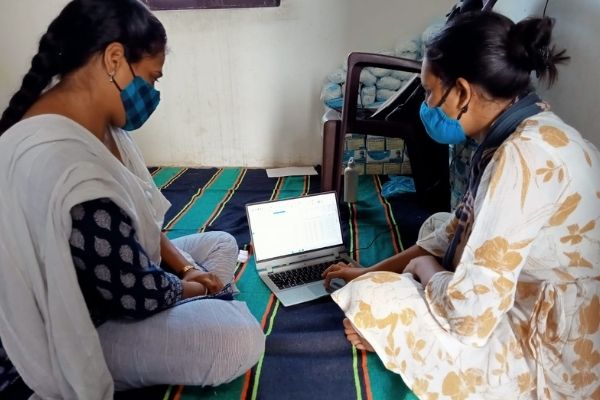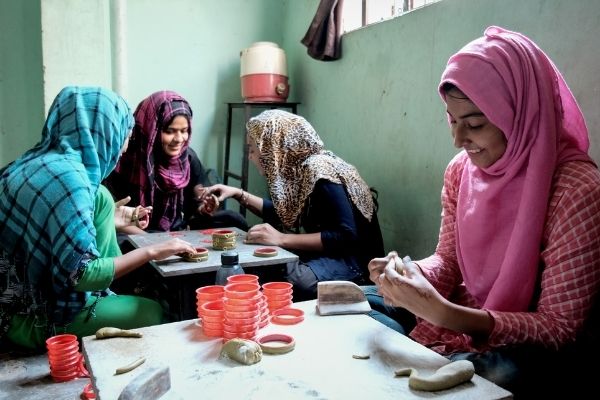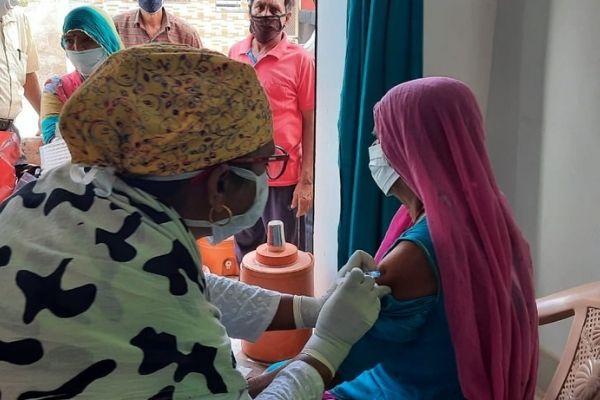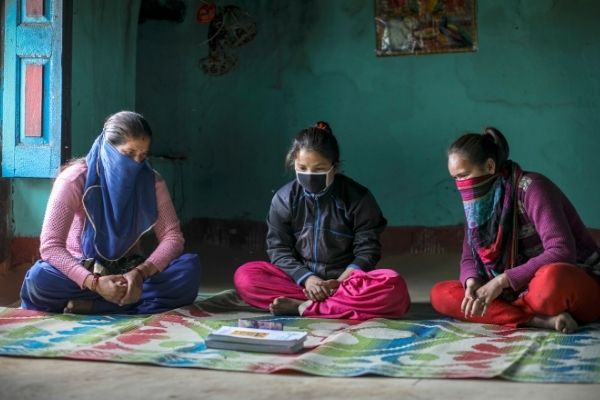The Need for Going Digital
The gains of technological innovations most often reach poor, informal women workers last. The SEWA Movement has seen this inequity playout for the last 40 years. The power of digital technology in enabling grassroots women to come out of poverty has not been a consistent area of focus. As a result, SEWA works to bridge this gap by identifying the challenges of the base of the pyramid and innovating with them at the forefront.
Further, shifts in government policy like the drive towards digital finance, made imperative by shock policies like demonetization, made it even more important for quick and large-scale efforts towards literacy and access to assist women to enter the digital economy. The COVID-19 pandemic further necessitated digital adoption to enable people to get relief, health access, and survival income, in a world where physical mobility suddenly came to a staggering halt.
Both of these economic shocks revealed the divide in access to digital technology between men and women; only 24% of women use smartphones compared to 41% of men. Like with all other sections of society, digital technology also affects the lives and livelihoods of informal women workers. SEWA Bharat’s goal is to leverage the opportunities it presents and to advocate to make the digital world a more inclusive and equal space.

